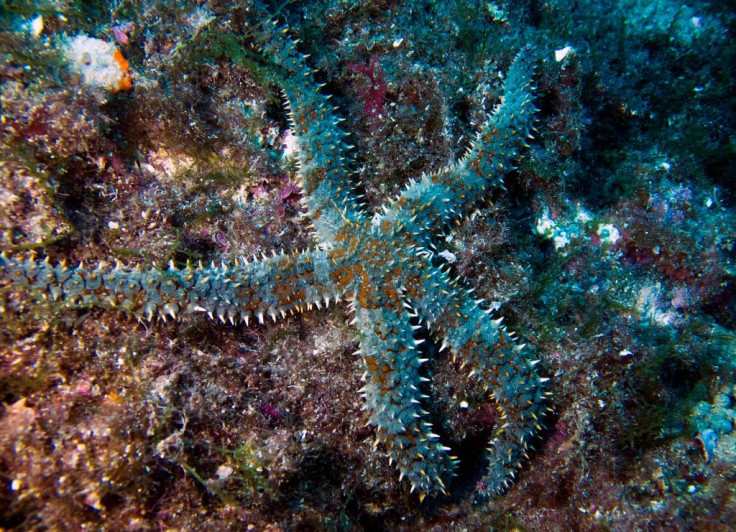480-Million-Year-Old Alien-Like Creature That Lived Before Dinosaurs Finally Identified: Here's What Scientists Found

The mystery behind the identity of a 480-million-year-old creature that lived long before dinosaurs roamed the Earth has finally been unlocked.
Incredibly detailed fossils that have been discovered in Morocco of the mysterious creatures, known as stylophorans, have allowed paleontologists to finally identify the strange lifeforms. The creatures, which resemble flattened and armored wall decorations and have long arms stretching from their sides, are apparently echinoderms, according to a new study published in the February issue of the journal Geobios. Echinoderms are the ancient ancestors of modern animals like starfish, sea urchins, brittle stars, feather stars, sea lilies and sea cucumbers.
480-Million-Year-Old Mystery Creature Finally Identified from Its Preserved Guts https://t.co/kvZpZ4Q8mR via @LiveScience
— Jiggy Sevilla (@JiggySevilla) February 24, 2019
Study lead researcher Bertrand Lefebvre, a National Center for Scientific Research (CNRS) researcher at the Laboratory of Geology of Lyon in France, explained that they were able to ID the mysterious creatures with the help of fossils with "unequivocal evidence for exceptionally preserved soft parts, both in the appendage and in the body of stylophorans."
The fossils had been discovered in 2014 during an excavation at the Fezouata Formation, located along the edge of the Sahara Desert in southern Morocco. At the time, the dig had yielded a large number of fossils, including around 450 stylophoran remains that were as old as 478 million years.
Scientists were initially unaware that some of the specimens contained preserved soft tissues. Lefebvre told Live Science via email that they made use the creature's gut to identify its origins.
"It is only when we unpacked and looked at them under the binocular [microscope], back in the laboratory in Lyon, that we could see the soft parts," Lefebvre wrote. "Their presence and identification were then confirmed by SEM (scanning electron microscope) observations and analyses."
Stylophorans were first discovered 150 years ago ever since fossils of the creature have been unearthed as early as the 1850s. Scientists were able to determine that the creatures lived between 510 million to 310 million years ago, or around the middle Cambrian to the late Carboniferous periods, upon analyses of fossils over the decades. However, they previously only focused on the hard skeletal parts as soft tissue was very rarely preserved.
There have been many explanations offered by various scientists of the stylophorans' identity over the past 150 years, but it was only with the discovery of the fossilized soft tissue that scientists could finally conduct tests and determine which of the theories is the most accurate.
"This discovery is of particular importance because it brings to an end a 150-year-old debate about the position of these bizarre-looking fossils in the tree of life," Lefebvre said.
© Copyright IBTimes 2025. All rights reserved.





















